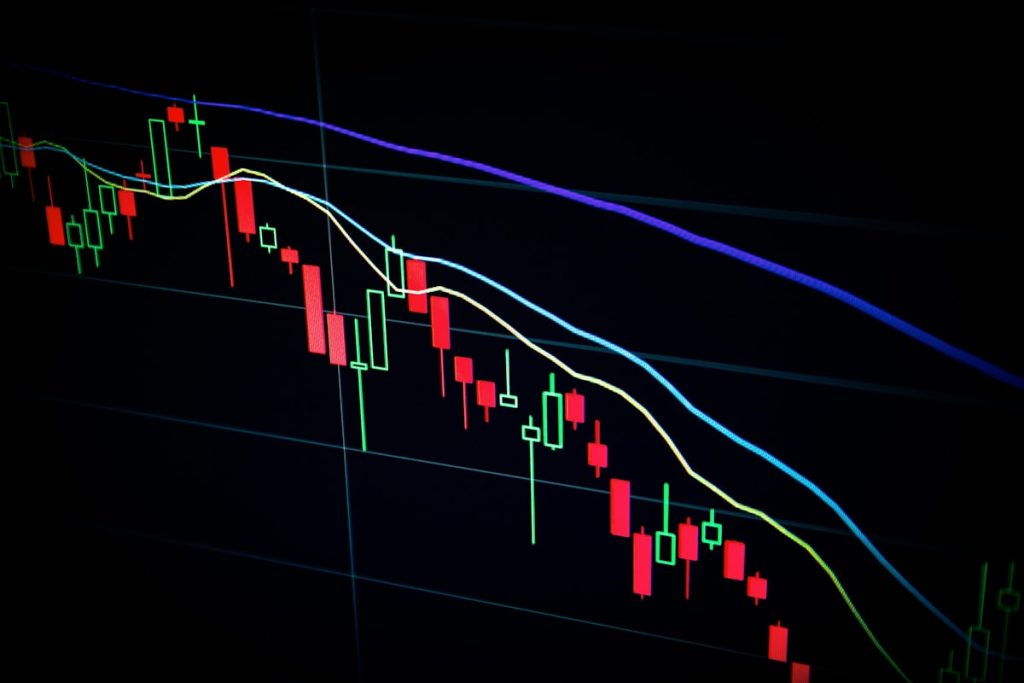Asian Shares Follow Wall Street Rally, Erasing Most of Friday’s Losses
Monday’s trading opened with a noticeable shift in sentiment across the major Asian equities markets. After a volatile Friday that saw the U.S. S&P 500 and Nasdaq tumble more than 2 % on concerns over higher‑than‑expected inflation and a possible acceleration of Federal Reserve rate hikes, the subsequent rally on Wall Street has now filtered eastward, helping most Asian indices claw back the bulk of those losses.
In Tokyo, the Nikkei 225 rose 1.3 % by mid‑session, buoyed by strong gains in technology and export‑oriented manufacturers. Seoul’s KOSPI added 1.1 %, while Hong Kong’s Hang Seng, which had been the hardest hit on Friday, recovered 0.9 % after a surge in consumer‑discretionary stocks. Singapore’s Straits Times Index (STI) posted a 1.0 % gain, led by financials and real‑estate investment trusts (REITs) that benefitted from a softer dollar and improving risk appetite.
The catalyst for the rebound was the U.S. Treasury market’s sudden easing of yields after the Federal Reserve’s minutes hinted at a more patient approach to tightening. The 10‑year Treasury yield slipped from 4.45 % to 4.38 % within the first hour of trading, reducing the cost of borrowing for corporations and prompting investors to re‑price the risk of a prolonged high‑rate environment. This shift helped lift the Nasdaq Composite by more than 2 % on the back of a rally in mega‑cap tech names such as Apple, Microsoft, and Nvidia.
- Tech sector lead: The rebound in U.S. technology stocks lifted Asian semiconductor and software companies, with Taiwan’s TSMC and South Korea’s Samsung Electronics each gaining over 2 %.
- Currency dynamics: A modest weakening of the Japanese yen and a firmer Chinese yuan supported export‑driven firms, narrowing the cost gap with their U.S. counterparts.
- Commodity boost: Higher oil prices, driven by the same risk‑on sentiment, lifted energy stocks across the region, particularly in Malaysia and Indonesia.
- Domestic data: Positive retail sales figures from China and a better‑than‑expected industrial output report from India reinforced the narrative of a resilient Asian economy.
Analysts at major brokerages note that the rally is still fragile, as the underlying macro‑risk factors that triggered Friday’s sell‑off remain in play. “The market is essentially testing whether the Fed’s stance is truly easing or merely pausing,” said a senior economist at Morgan Stanley. “If inflation data continues to surprise on the upside, we could see another wave of caution.” Nonetheless, the current breadth of participation—spanning technology, finance, consumer goods, and commodities—suggests that investors are willing to give the upside a second chance.
Looking ahead, market participants will focus on upcoming macro events: the U.S. consumer price index (CPI) release later this week, the European Central Bank’s policy decision, and China’s quarterly earnings season. A softer CPI print could solidify the rally, while a surprise uptick might reignite concerns about further rate hikes. In the meantime, the modest gains across Asian exchanges reflect a tentative optimism that the worst of Friday’s wipeout has been largely erased.



